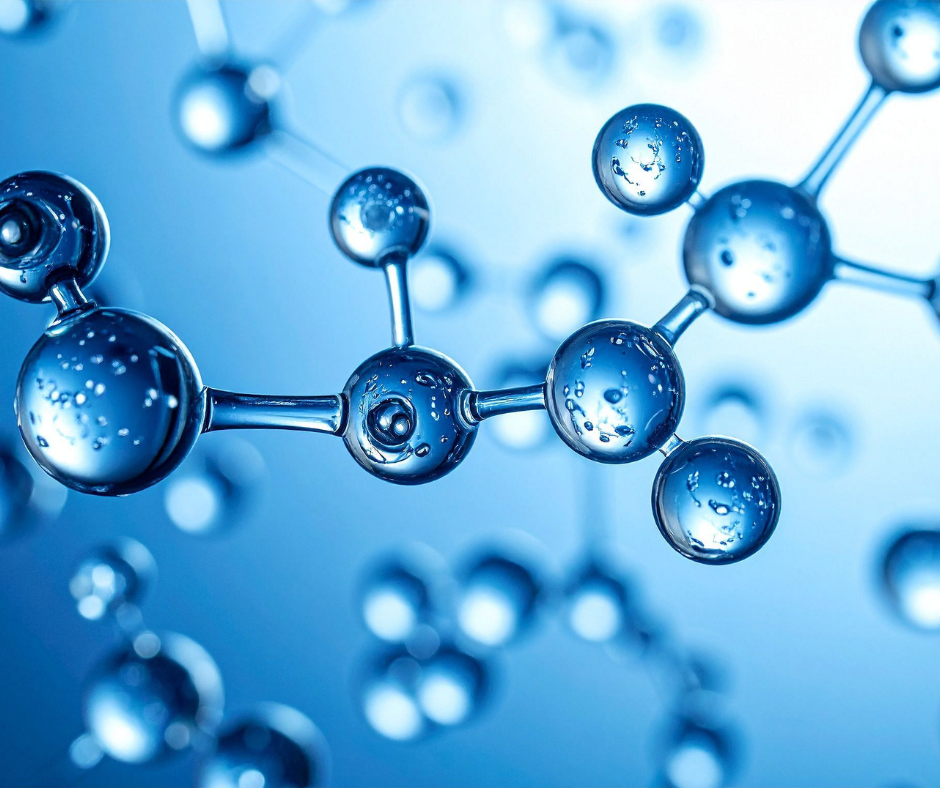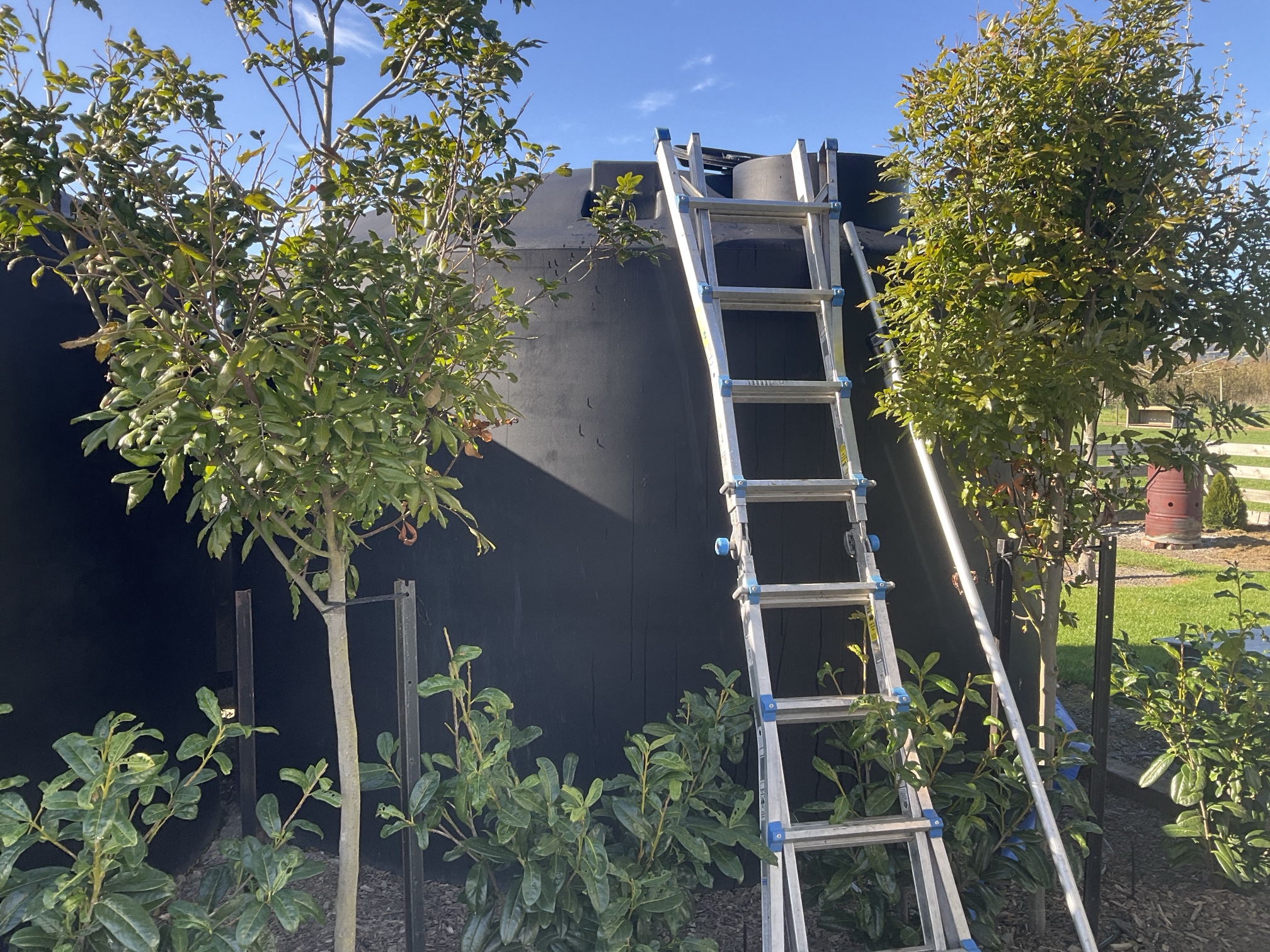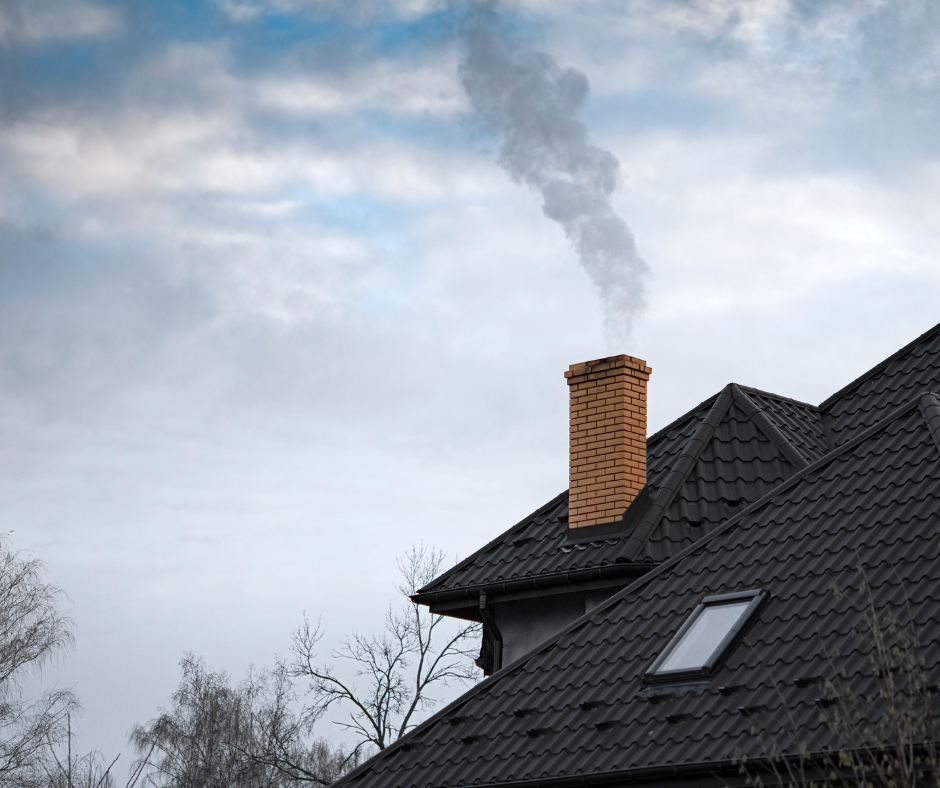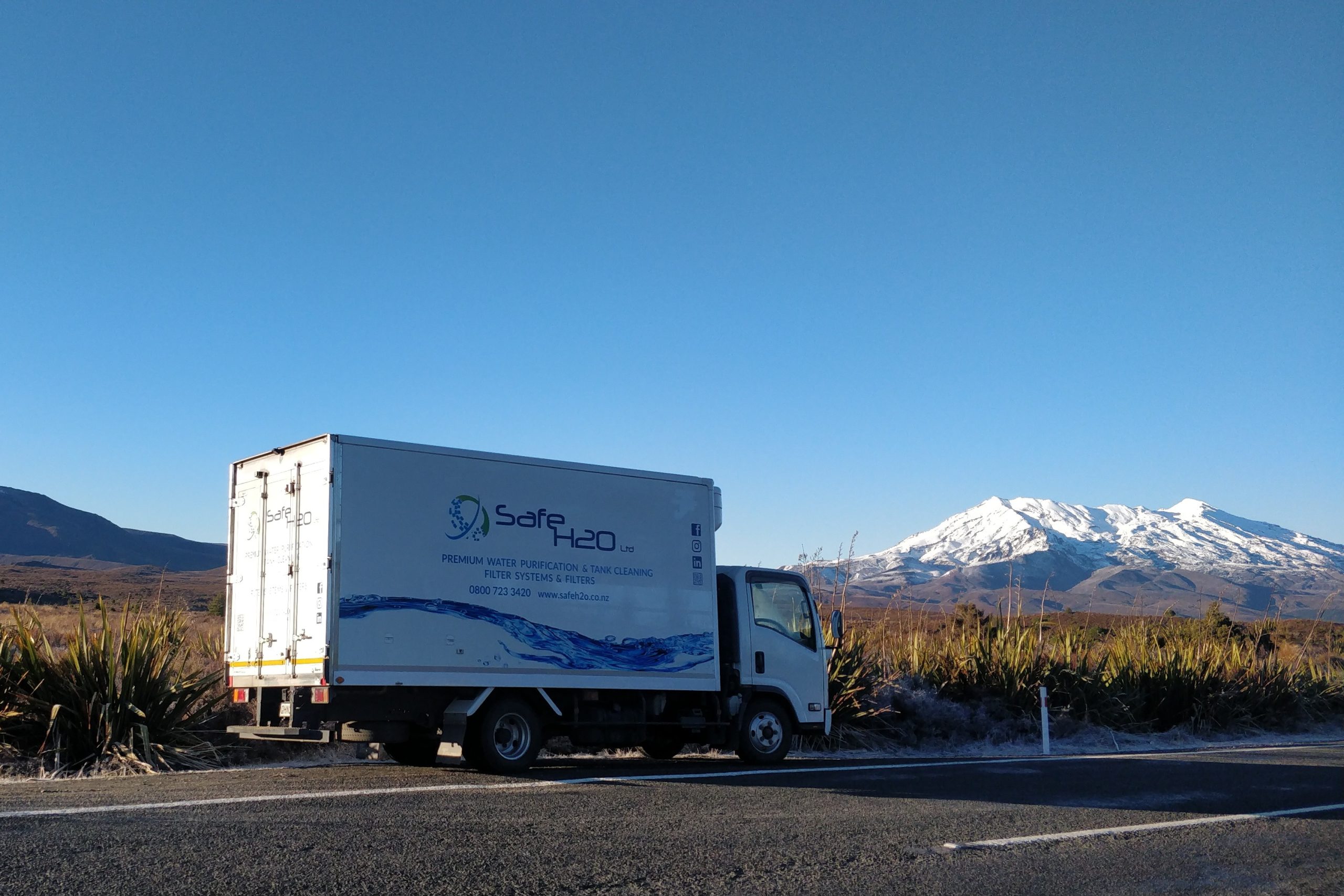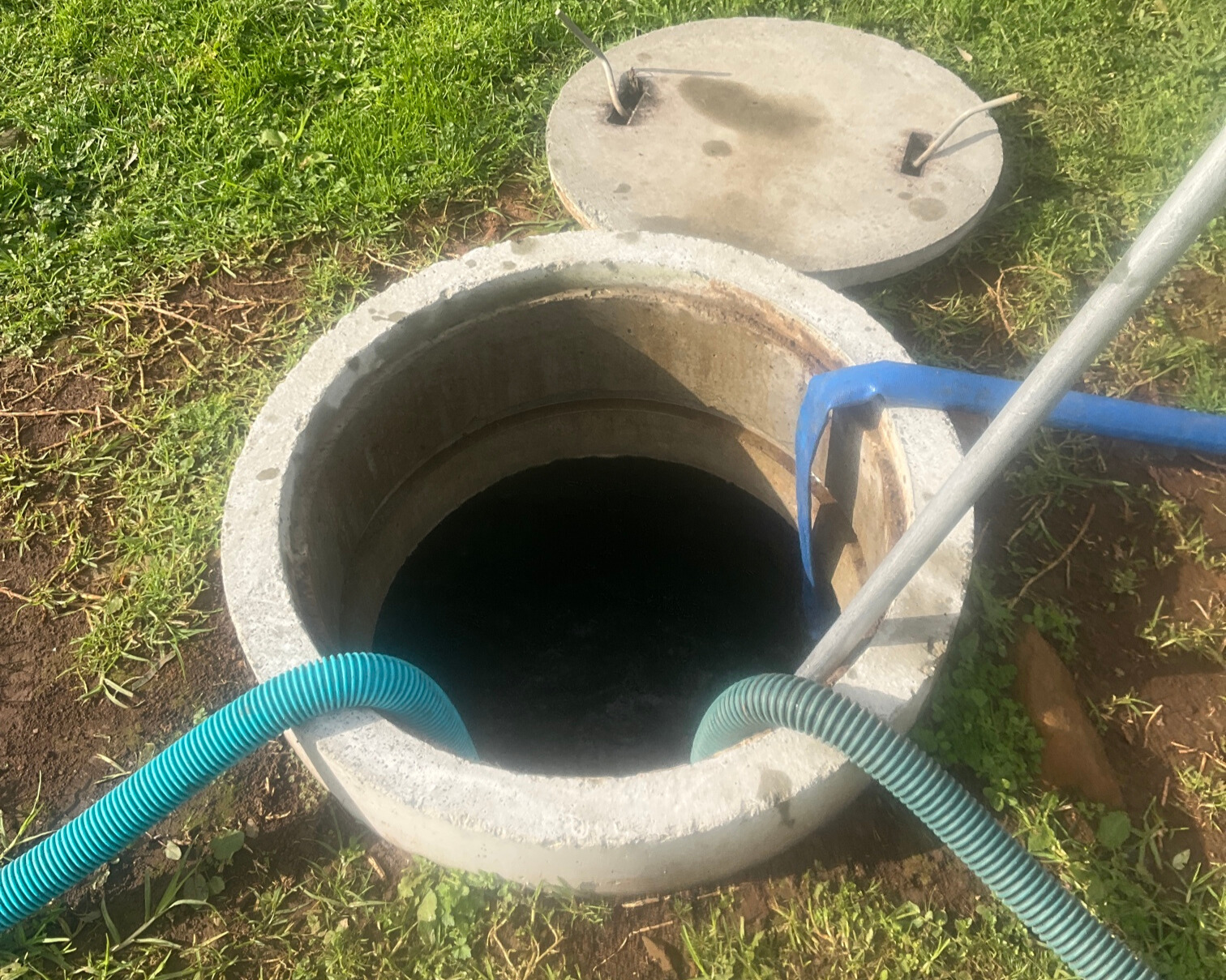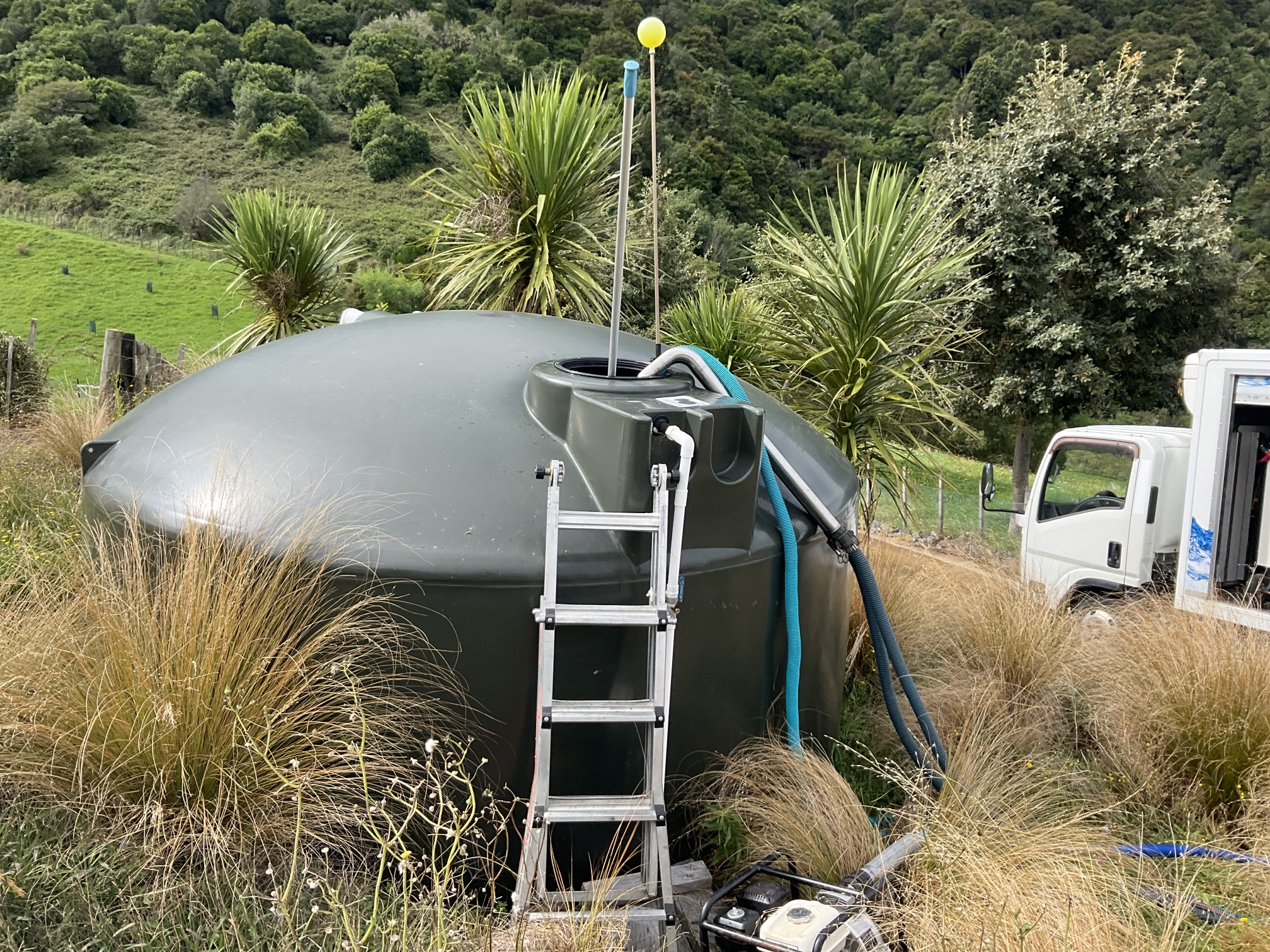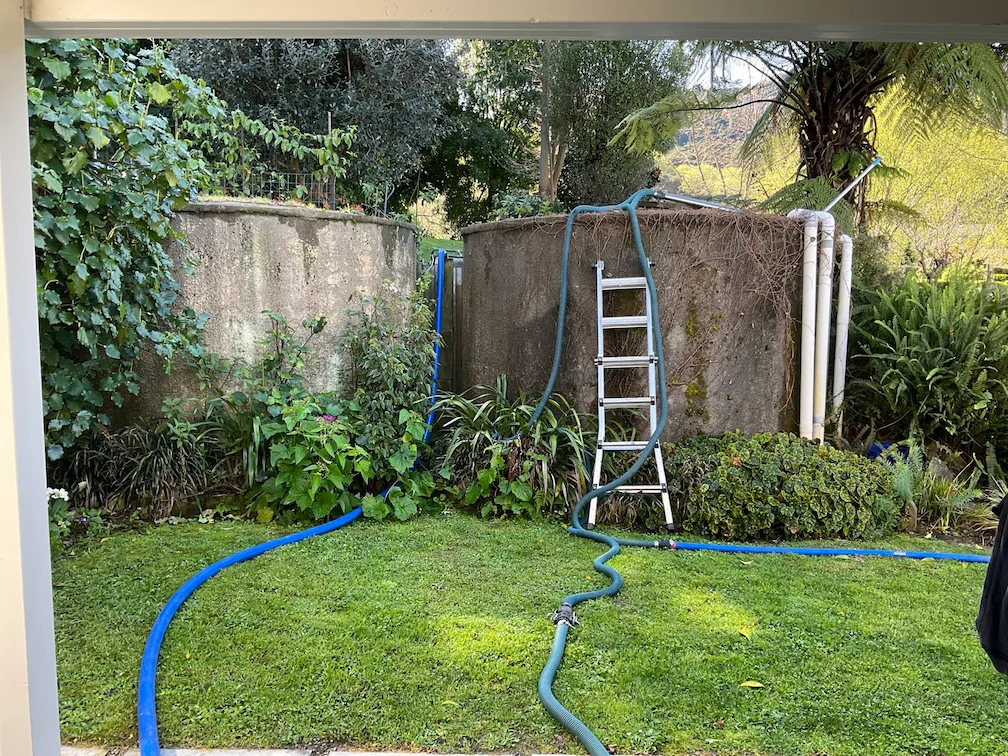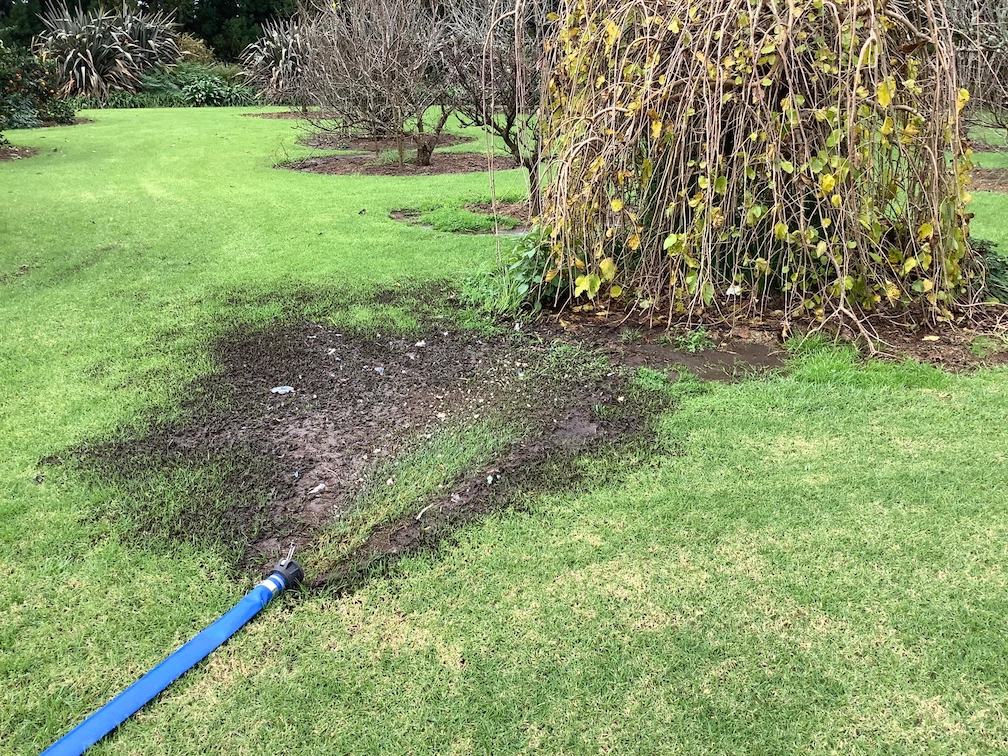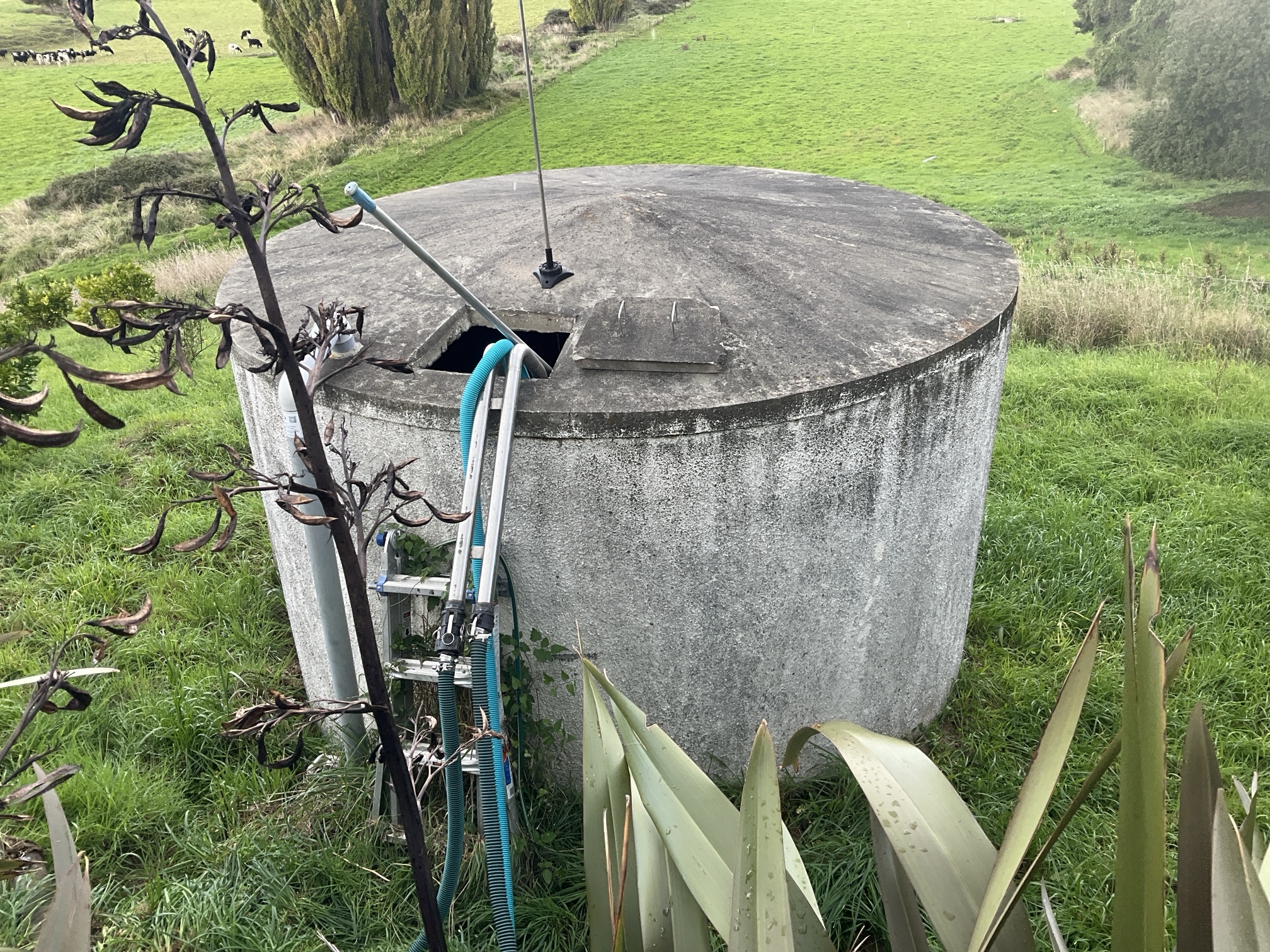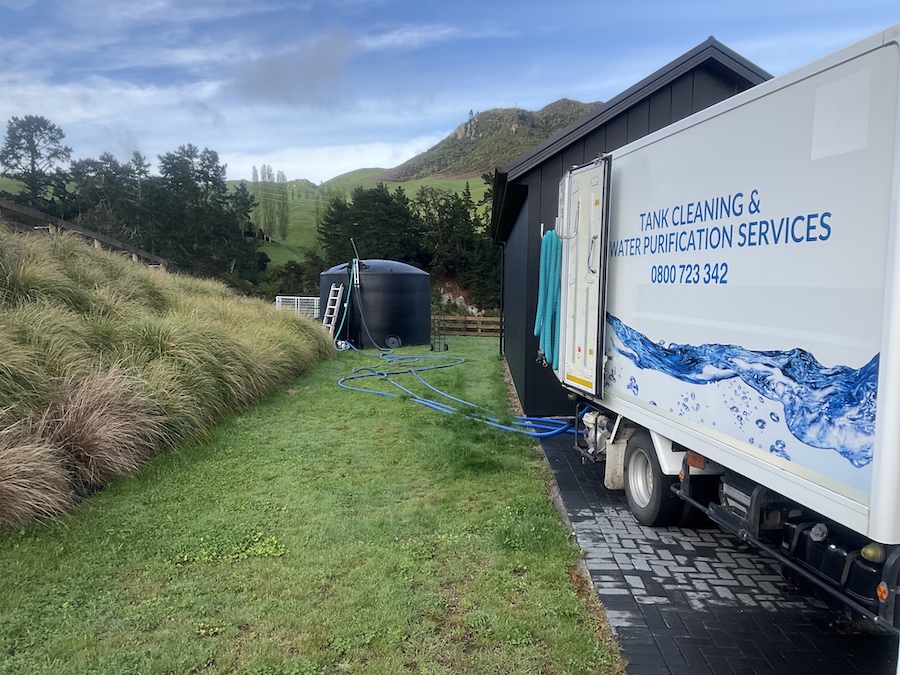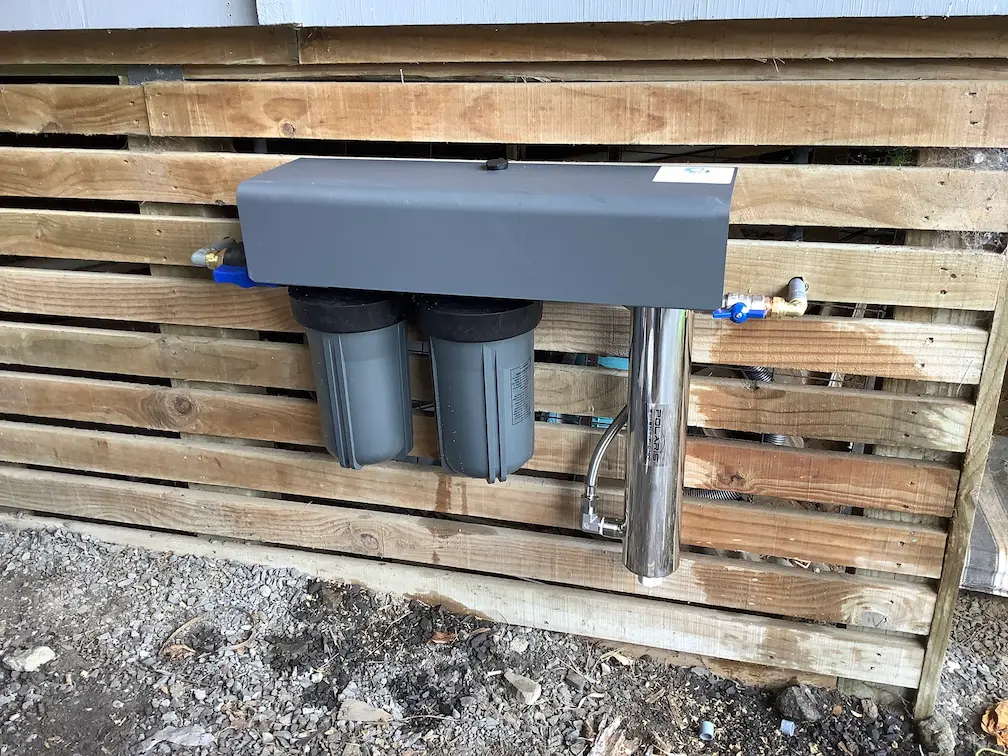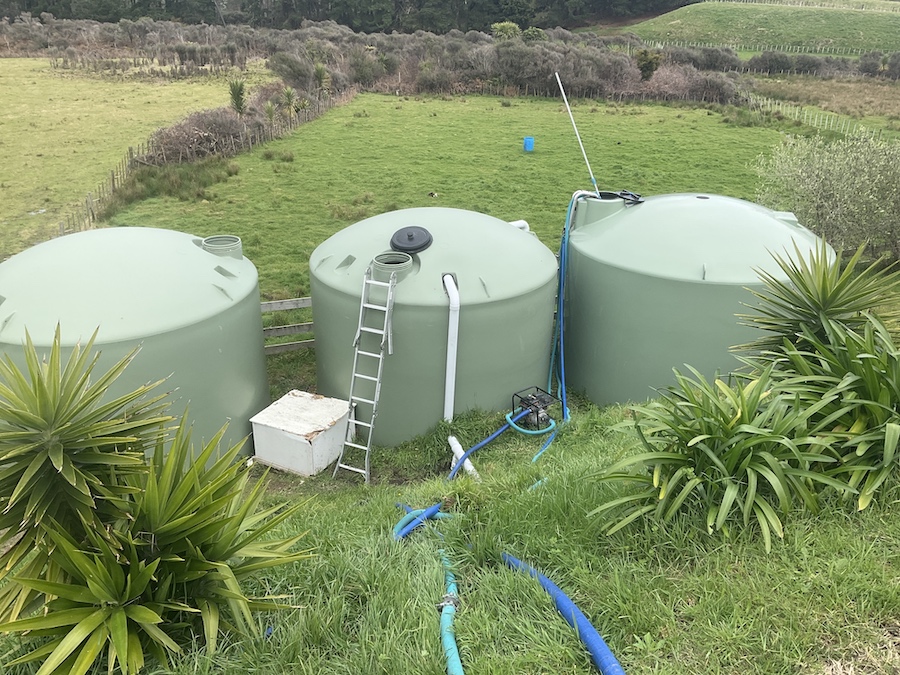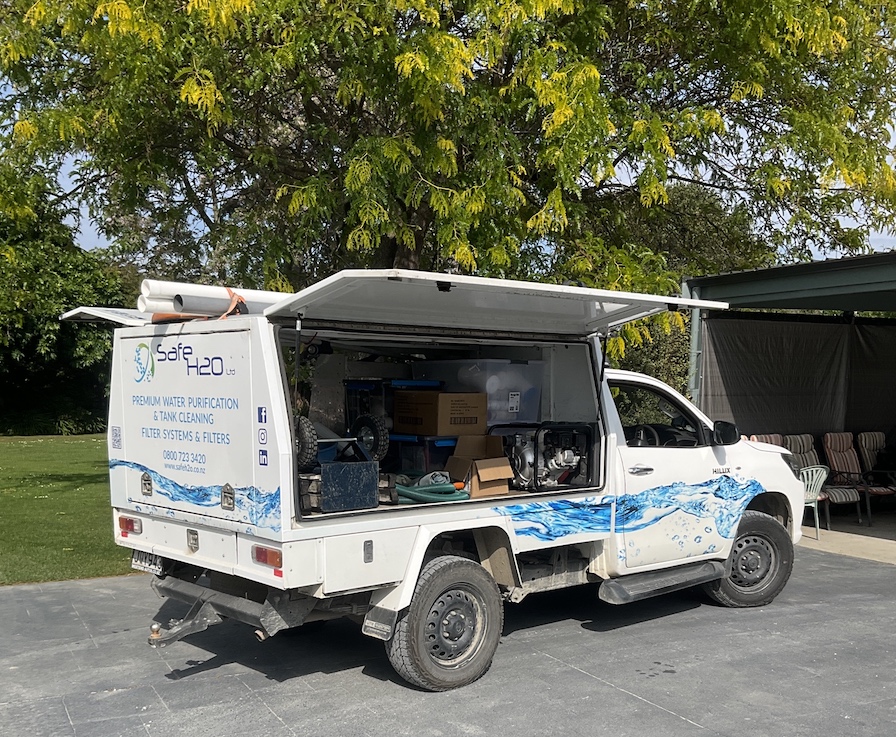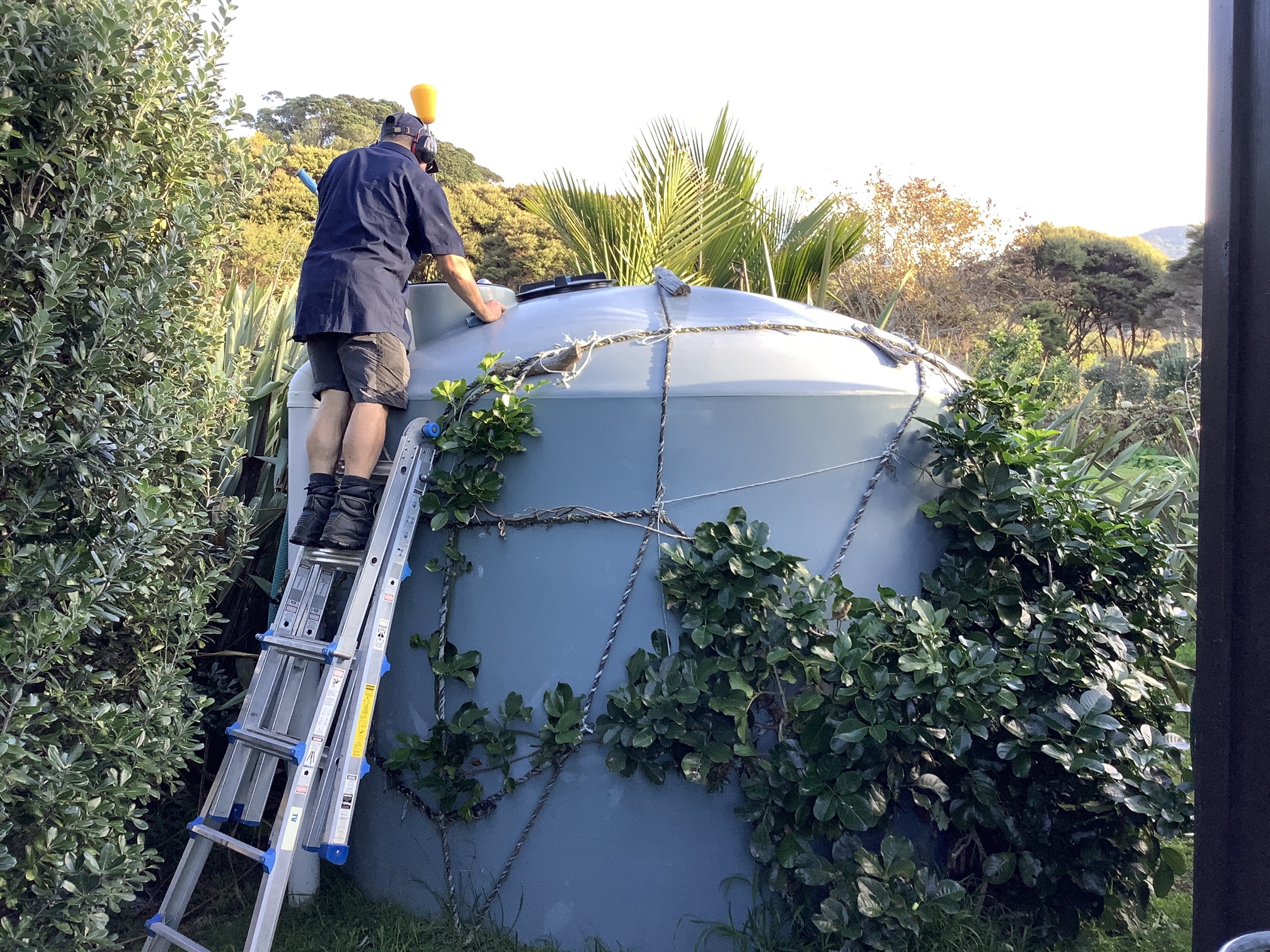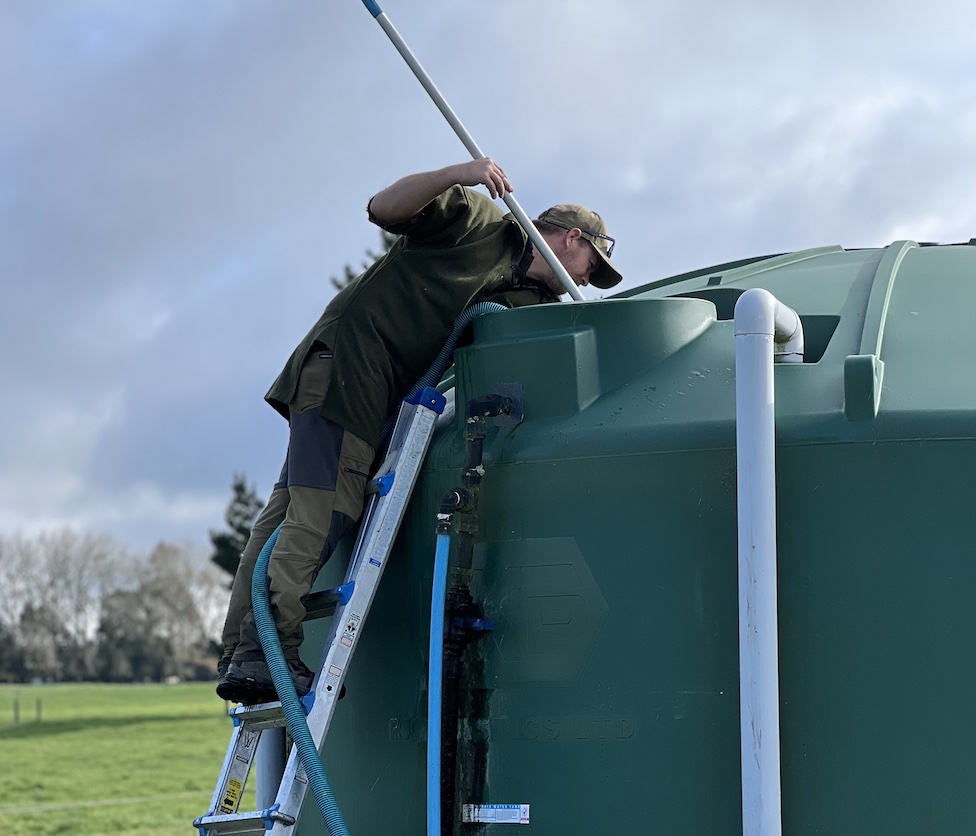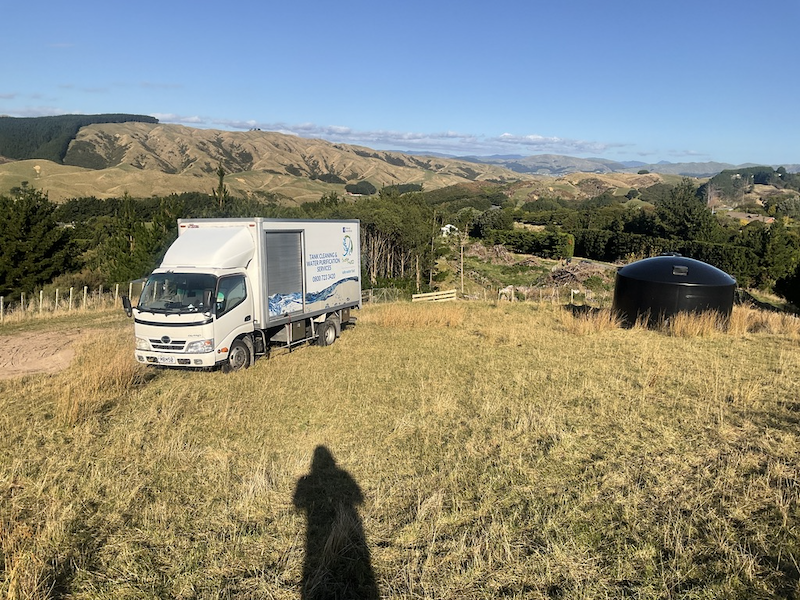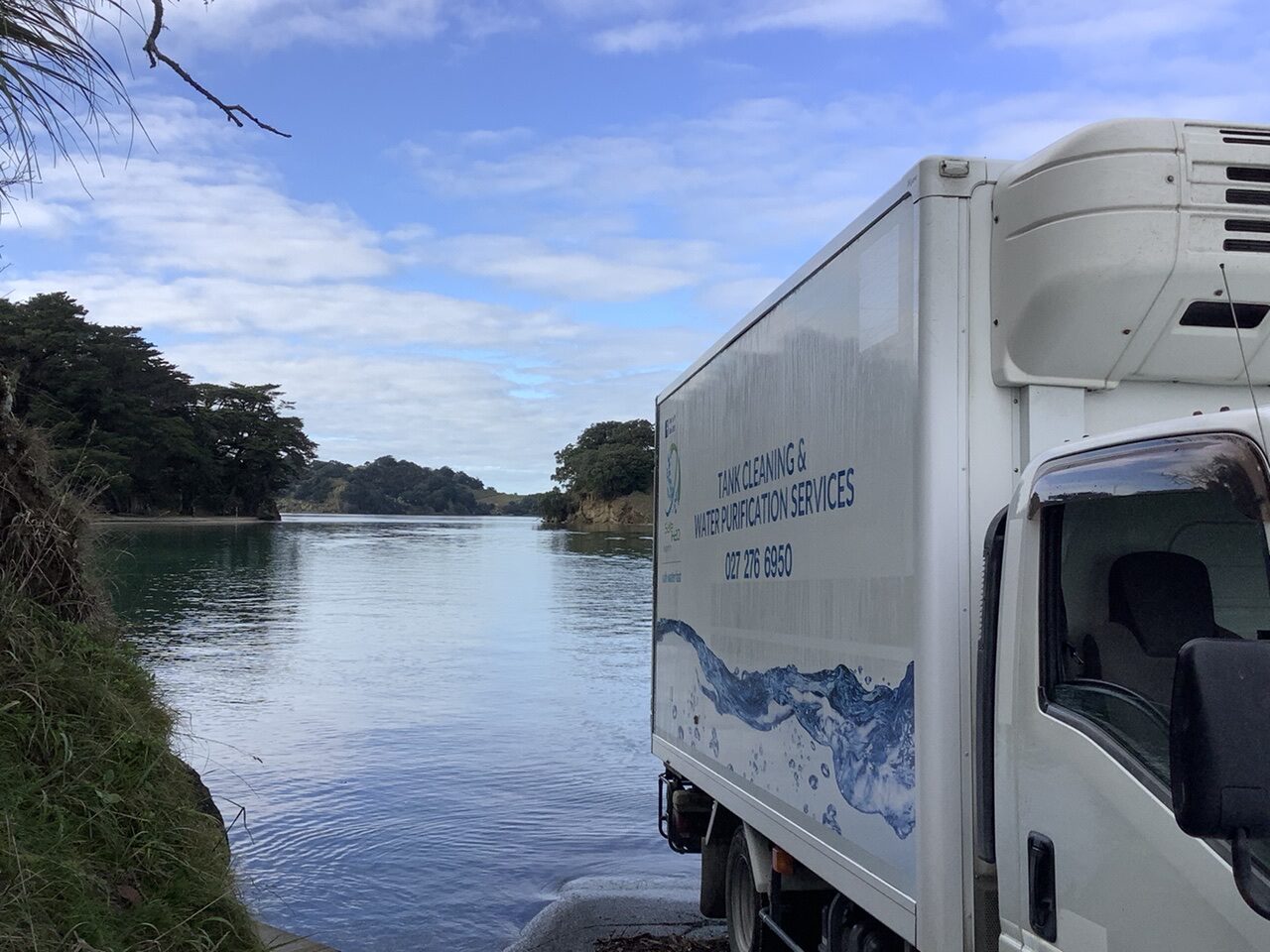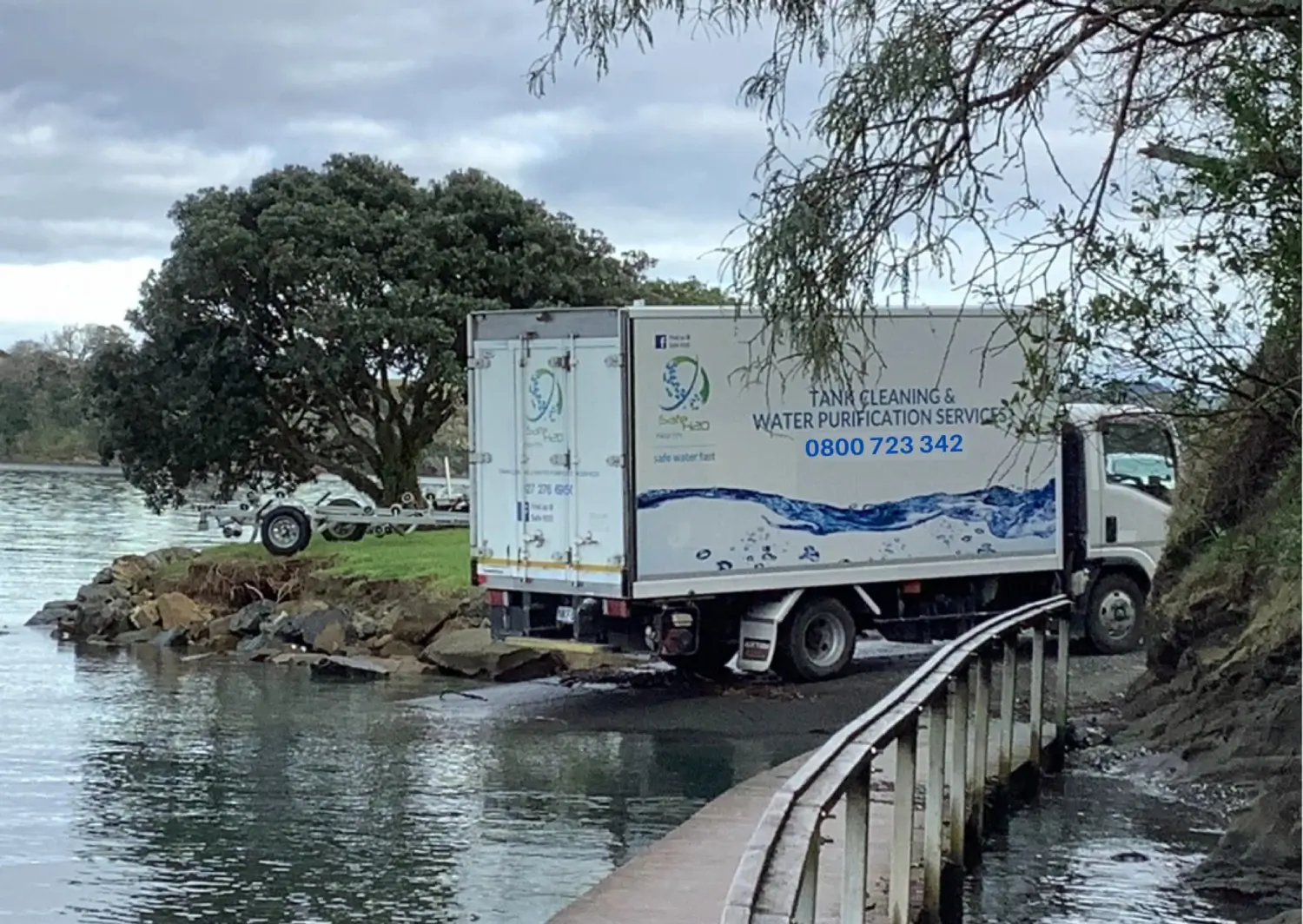Water Tank Cleaning Myths Debunked
When it comes to maintaining clean and safe water in your tank, there can be a bit of confusion surrounding the process.
Unfortunately, some common myths about water tank cleaning can lead to poor maintenance practices and compromised water quality.
At Safe H2O, we believe in educating our customers and clearing up these misconceptions to ensure a healthier water supply for homes and businesses alike.
So let’s take a look at some of the most widespread myths and debunk them once and for all.
Myth 1: You Have to Empty the Tank (and Climb Inside) to Clean It
Many people believe that water tank cleaning means completely draining the tank and physically climbing inside to scrub it out. While that might have been true in the past, it’s no longer the case—nor is it necessary.
At Safe H2O, we use advanced, non-invasive technology that allows us to clean your tank without emptying it or putting anyone at risk by entering confined spaces.
Our powerful vacuum system removes sediment and debris directly from the tank’s base while conserving up to 90% of your existing water supply. We then purify and treat the remaining water, making the process efficient, safe, and sustainable.
So, there’s no need to wait for an empty tank — professional, hassle-free cleaning can happen while your tank is still in use.
Myth 2: Harsh Chemicals Are Required for Tank Cleaning
Many believe that cleaning a water tank requires harsh chemicals like Chlorine or Bleach to disinfect it. But at Safe H2O, we use food-grade hydrogen peroxide (H2O2) as an effective, safe alternative.
This powerful yet gentle solution neutralises harmful bacteria without leaving toxic residues. It breaks down into harmless oxygen and water, making it non-toxic, eco-friendly, and safe for the bacteria you want to keep in your septic system.
Unlike harsher chemicals, H2O2 won’t affect your septic system or leave unpleasant tastes or smells, ensuring clean, safe water without any downsides.
Myth 3: If I Haven’t Gotten Sick From My Water, It Must Be Clean
Just because you haven’t fallen ill from drinking your water doesn’t mean your tank is free from contaminants. Bacteria and other harmful organisms can be present in your tank without any visible symptoms or immediate health consequences.
These microorganisms might not show their effects right away but can pose a long-term risk. Relying on your body’s ability to “fight off” these contaminants is also risky — we talk more about that in our blog on why immunity isn’t always a good thing.
Regular cleaning ensures that your tank remains free from harmful impurities, keeping your water safe for everyone who uses it. It’s always better to be proactive than to wait for the signs of contamination.
Myth 4: Post-Tank Filtration Systems Make Cleaning Unnecessary
A common misconception is that if you have a filtration system installed after your tank, you don’t need to clean the tank itself. While filtration systems do improve water quality by removing some contaminants, and neutralising bacteria if they include UV, they don’t address the sediment that accumulates directly in the tank.
Over time this builds up and can render your filtration system less and less effective. Filtration works best when the water entering it is clean and free from larger contaminants.
Regular tank cleaning is still essential to prevent the buildup of harmful materials that the filtration system alone cannot handle.
Myth 5: Water Tank Cleaning Is a Simple DIY Task Anyone Can Handle
Another myth is that water tank cleaning is a simple task that homeowners can do. While cleaning your water tank may seem straightforward, it requires specialised equipment, knowledge, and safety precautions to do it properly.
For example, our team uses a purpose-built filtration system that includes 25-micron and 1-micron filters, as well as nanofiltration, to ensure all harmful contaminants are removed.
Without advanced tools like these, it’s difficult to achieve the level of cleanliness ideal to keep your water safe.
Trusting professionals like Safe H2O ensures your tank is cleaned properly, efficiently, and safely – protecting your water quality and your tank’s longevity.
Myth 6: Once a Tank is Cleaned, It’s Free From Contamination Forever
While cleaning your tank is an important step in maintaining a safe water supply, it’s not a one-time fix.
Contamination builds up over time, and factors like weather, sediment, and even pests can introduce new contaminants constantly. Regular cleaning and maintenance are necessary to keep your water safe.
The New Zealand Ministry of Health recommends annual tank cleans and at Safe H2O, from our experience, we recommend having your tank cleaned at least every 2 years to stay on top of the sediment build-up.
The Importance of Professional Tank Cleaning
Water tank cleaning is crucial to maintaining the safety and quality of your water supply. By debunking these myths, we hope to provide a clearer understanding of the importance of regular water tank cleaning.
At Safe H2O, our comprehensive cleaning process ensures that your tank is free from contaminants and safe for use. Don’t let myths prevent you from taking proper care of your water supply.
Contact Safe H2O today to schedule your water tank cleaning and enjoy peace of mind knowing your water is clean, safe, and ready to use.
Need professional water tank cleaning?
Get in touch with Safe H2O today and let us take care of the rest.
Concerned about nitrates in your water, and want to know how to get rid of them?
In this blog, we'll explore these frequent water tank problems and provide practical solutions to address them effectively
Smoke and soot can contaminate NZ water tanks. Learn how it happens, the health risks, and Safe H2O’s expert tips for cleaning and prevention.
This comprehensive guide examines the benefits and drawbacks of DIY and professional water tank cleaning, enabling you to make the best choice for your home.
Winter’s cooler weather might not have you thinking about your water tank - but it should.
Whether you’re collecting rainwater, drawing from a bore, or tapping into a stream, your water tank is the heart of your...
Whether you’re collecting rainwater, drawing from a bore, or tapping into a stream, your water tank is the heart of your...
How Possums, Rodents, and Birds Get into Your Water Tank – and How to Keep Them Out When thinking about water quality, …
What’s in Your Water? Common Contaminants in NZ Drinking Water Tanks Whether your water comes from rainfall, a bore or a nearby …
Water Tank Cleaning Myths Debunked When it comes to maintaining clean and safe water in your tank, there can be a bit …
Autumn Water Tank Care Tips: Preparing for the Seasonal Change As the crisp air of autumn rolls in, it’s time to think …
Water Tank Cleaning: A Comparison of Traditional vs. Our Innovative Method When it comes to cleaning your water tank, Safe H2O cleans …
UNDERSTANDING FILTRATION SYSTEMS: WHAT IS SEDIMENT AND UV WATER FILTRATION? Your water source likely contains a myriad of sediments and particles, ranging …
Water Tanks 101: A Beginner’s Guide to Clean, Safe Water for Your Property Water tanks are an essential resource for those on …
What can I do before water enters my tank to help minimise my risks? Spring or surface water (streams) will usually be …
When it comes to maintaining a healthy rainwater fed tank, one of the most overlooked aspects is the cleanliness of your roof and gutters.
Flush Caps, Leaf Diverters, and More: Methods to Help Protect Your Water Supply When it comes to maintaining a clean and safe …
In the realm of curious misconceptions, one fascinating myth suggests that eels clean water tanks. While this idea captures the...
Why having ‘Immunity’ to Bad Tank Water is a Bad Thing When it comes to maintaining a healthy home, clean water is …
Safe H2O Collaborates with Isaac’s Plumbing, Pumping and Electrical Here at Safe H2O, we aim to provide exceptional advice, service, and support …
How Often Do New Zealand Schools Need to Clean Their Water Tanks? Here in NZ, managing water supplies, including water tank maintenance …
What is Cryptosporidium and How to Keep Your Water Safe What is Cryptosporidium? In simple terms, Cryptosporidium is a tiny parasite that …
Why you should use a Water Tank Cleaning Specialist Well maintained water tanks are the backbone of clean water storage and supply …
Guarding Against E. coli: Essential Strategies for Ensuring Safe Water Tank Systems Water tanks are an essential source of clean drinking water …
5 Top Reasons to Keep Your Water Tank Clean in New Zealand Cleaning your water tanks is something that’s probably not always …
Autumn Alert: Why Now is the Perfect Time to Clean Your Water Tank As the autumn leaves are about to fall and …
What are my Legal Obligations for water tank cleaning in New Zealand? Taumata Arowai is the new Water Services Regulator for Aotearoa …
Top signs your water tank needs cleaning – Don’t ignore these red flags Your water tank is a vital component of your …
How Often Should I Clean My Water Tank in New Zealand? If you are one of the thousands of New Zealanders with …
The Risks of Cleaning Your Water Tank with Janola or Household Bleach Should you use Janola to clean your water tank? Here …
12 Ways to Save Your Tank Water Worried about your water tanks running empty? Rainfed tank water is a limited supply and …
How much does it cost to clean my water tank? The cost of cleaning a typical New Zealand water tank depends on …

